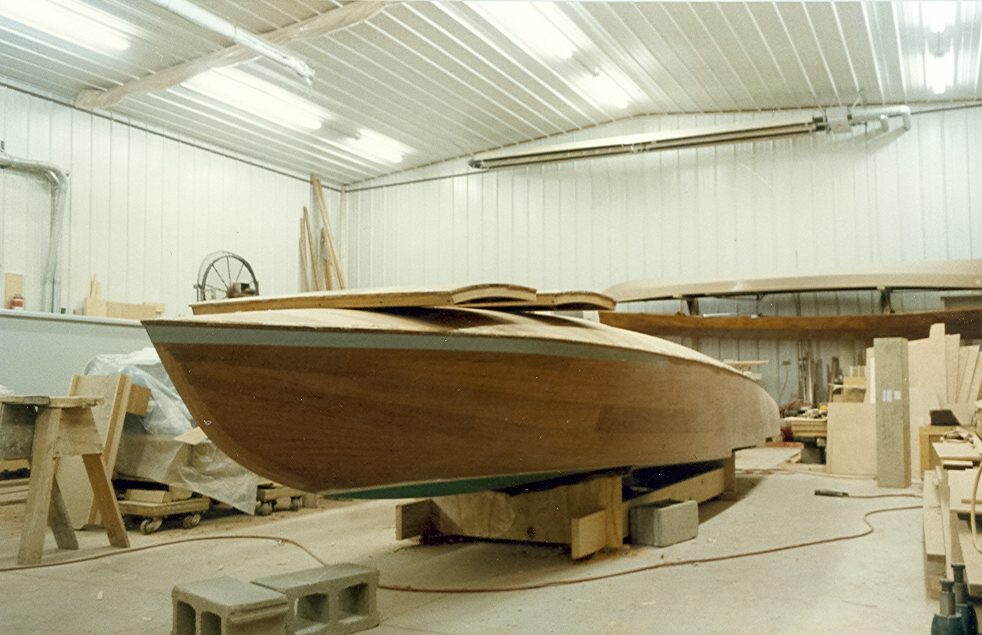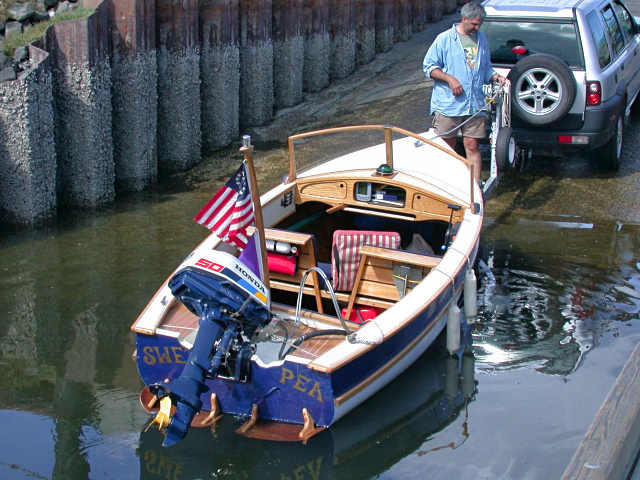
Bond the new plywood floor to the hull, to the stringers and cleats installed to support the edges of the plywood between stringers. If using Douglas fir plywood, you should use a light layer of woven fiberglass fabric on both sides to prevent the checking-6 oz. Sealing the edges of the plywood is especially important at the edges of a deck on a pontoon boat. It is also very important to completely seal the edges of the plywood and the fastener holes. Coat the back side with two or three coats of epoxy before reinstalling, to prevent moisture from penetrating the bottom of the new floor. Dry fit the sections and drill any fastener holes, and then remove the section.ģ. Make sure the new plywood is at least the same thickness as the original material.Ģ. Cut out new pieces of plywood using careful measurements or the patterns from the old floor. If the structure is in good shape, reinstall the floor as follows:ġ. It’s a good idea to inspect and repair all damage to the structure below the floor, before reinstalling the floor. The moisture that damaged the floor could have also damaged the stringers supporting the floor.

If necessary, cut the floor out in sections then chisel and grind away any material bonded to the tops of the stringers. The floor may be bonded to the stringers and cleats supporting it. If there is no structural member below it to make a good place for a joint, use cleats bonded under the edge of the remaining original deck to set the new plywood on. If only a portion of the floor is damaged, you can cut out a section of the floor. If you remove them carefully, you can use them as patterns for the new floor. The floor may be fastened to cleats between plywood sections, cleats attached to the hull at the perimeter, and stringers near the center of the floor.Ĥ. Or, in the case of pontoon deck- Remove all of the fasteners. Make sure you are not going to cut into the hull side as you are cutting the tab. Remember that this is not a 90° joint-the hull is angling toward the centerline. Cut through the fiberglass at the floor/hull joint if the plywood is tabbed to the hull with fiberglass tape or if the floor is covered with a layer of glass. If the new floor is installed while the hull is out of shape, it will stay that way.ģ. In many boats, this will not be a problem, but there are some hulls that will be very floppy when the floor is out. You will probably want to reuse that once the new floor is in place.īefore cutting tabs or removing any of the fasteners, make sure the hull is supported so that its sides do not move once the floor is no longer supporting them. If there are cutouts in the floor for access to storage compartments below, carefully remove any trim around the cutout. Pull up any carpeting or floor covering to expose the fasteners or tabs used to hold the plywood down on top of the frame and stringer system. This may include things like seat bases, cooler brackets, and step or ladder brackets.Ģ. Remove any equipment or hardware screwed down to the floor.

The primary difference is that the pontoon deck will be mechanically fastened around the perimeter framing because there is no hull side to bond to. I will describe floor replacement in a runabout, but a pontoon deck would be repaired in much the same way. Here is a description of a procedure to do that. This situation can be avoided if the builder takes care to seal any penetrations into the plywood.īut once the moisture damage occurs, the only repair is to replace the affected plywood. I have repaired boats that were less than five years old that had this problem. This is discomforting and unsafe to walk on, and also reduces the athwartship (side to side) hull stiffness the floor would normally provide. Once the plywood begins to delaminate, the deck will feel spongy underfoot. (Moisture also penetrates and damages the stringers supporting the floor-see Stringer Repairs in Fiberglass Boats.) In addition, there is seldom any fiberglass or resin coating to seal the back side of the plywood, so moisture also enters the plywood from below the floor where the air is often damp and stagnant. Moisture enters the plywood endgrain alongside of the screws holding the floor down to the framing as well as the fasteners holding the seats, coolers, and other items to the floor.

Poorly installed floors and decks are prone to delamination and rot. Some runabouts will also have a layer or two of fiberglass fabric over the top of the plywood, with a non-skid pattern molded in. On runabouts, the floor is usually “tabbed” or joined to the hull sides with fiberglass tape at the edges of the plywood and up the side of the hull a few inches. Many have a layer of carpet or vinyl flooring material glued onto the plywood. This part of the boat is usually just a layer of plywood screwed down to the top of stringers and frames. A common source of problems on open runabouts and pontoon boats is the cockpit floor or deck.


 0 kommentar(er)
0 kommentar(er)
